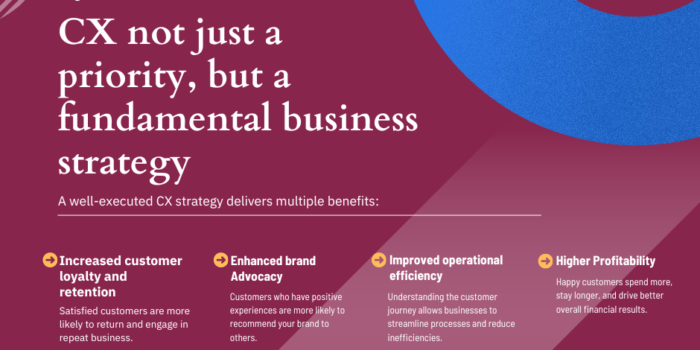Fintech is an umbrella term for describing all sorts of financial technology that is used to either augment, streamline, digitize or disrupt traditional financial services. The primary utility served by fintech is to substantially increase the ease and availability of services for businesses or consumers at a comparatively more affordable rate. Applying technology to eliminate potentially unnecessary steps in the entire financial system is what fintech strives to do.
At its inception, the term fintech described technology-enabled operations at the back end of established financial institutions. With time, it has evolved to describe a plethora of services that are essentially consumer-faced. Now services like money transfers, depositing a check, applying for credit, raising money for a business startup, or managing investments have been made accessible to the consumer at the touch of a button. A recent survey shows that almost two thirds of the world’s population use fintech services as a part of their daily lives. 3 out of every 4 consumers avail of money transfer and payment solutions offered by fintech, today.
Accelerated by the Covid-19 pandemic, the fintech industry is growing at a CAGR of around 20% and is projected to reach a $700 billion by 2030. Given this massive surge in popularity and wide acceptance, fintech is today a major disruptor of traditional financial services, especially in the banking sector. Banks often view fintech as aggressive market competitors and are constantly strategizing to combat the challenges posed by these new market players.
Impressive Services to Enhance Customer Experience
Fintech disrupted the age-old notion of customer experience. With fintech making available more and more choices for consumers about how they handle their finances and spend money, traditional banking lagged behind. Consumers now expect to manage their financial requirements easily and efficiently, with the ability to monitor and execute their needs accordingly. Fintechs today offers a range of financial services and products including deposits, loans, payments, investment and other wealth management services. This has redefined the customer experience with everything possible at the comfort of their homes. This disruption has forced banks to redefine their terms of service, making them customer-centric, cheaper, and faster to use.
Customer Acquisition and Retention
With its customer-centric approach, fintech has been able to provide frictionless financial services which proved to be a major disruption in the relationship between financial institutions and their customers/members. With services like peer-to-peer lending, crowdsource funding, and advisory services tailored to suit specific needs and capabilities, fintech has been able to acquire the existing customer base of traditional financial institutions. Today, online lending consumers can borrow money without direct interaction with their financial institution, go through the cumbersome documentation process, and delay services. Access to credit for MSMEs/SMEs has been traditionally hindered due to stringent protocols of financial institutions. Consequently, this unserved category has now turned towards fintech services and in turn created a vast market opportunity for them.
.

Technology at the Front
With the aid of superior technology like Artificial intelligence, blockchain, and machine learning, fintech has aced its operations which posed a major threat to how banking operations have been going on for years. It has become a daunting task for banks and credit unions today to constantly keep them relevant when consumers are routinely comparing them with financial products online. With omnichannel and branchless services suited to various digital channels such as online, social, and mobile, fintech is transforming the overall experience of accessing financial services. More and more banks are now adapting to this disruption by reducing their number of brick-and-mortar branches and stressing more about expanding their digital footprint. Gamification of the otherwise mundane process of availing financial services, these tech-enabled platforms have made it much more user-friendly and palatable to consumers.
Reduced Operating Costs
Traditional financial institutions have suffered substantial losses when it comes to operational costs. Complex corporate structures to higher bureaucracy in traditional financial institutions, which on the other hand is not implemented in the case of fintech firms, allows efficient operations and services offered. As legacy banks continue to grapple with infrastructural, human workforce, and other resources, fintech firms are availing technology and automation to cater to a much larger customer base. Centered on personalization, speed, relevance, and seamless delivery, using technological aid, fintech is making financial services available to customers at a lower operational cost. Focussing on innovation, they are providing faster transactions, 24×7 permanent access, and immediate consultation thus, adding significance to their communication with the customers at minimal operating costs.
Fintech is now often considered by many as the future of traditional banking and financial institutions. As a matter of fact, in Europe alone top 50 fintech companies are currently valued at $90+ Billion, collectively. Despite the noteworthy disruptions caused by fintech in the financial industry by their innovative approach and technological advancements, there are certain roadblocks to a safe future market. Major challenges are in terms of data privacy, regulations, management expertise, and capital. It is the traditional financial institutions that can leverage their brand names, customer data, risk management expertise, capital, and regulatory knowledge to entice fintech partnerships. The relationship between legacy banking institutions and disruptive fintech firms is definitely a tumultuous one and there are several trends that indicate both need to initiate collaborations to sustain in the years to come.






 Market Research
Market Research Consumer Research
Consumer Research Industry Research
Industry Research Market Entry Strategy
Market Entry Strategy Feasibility Studies
Feasibility Studies Product Research
Product Research User Research
User Research Automobile & Mobility
Automobile & Mobility Banking and Finance
Banking and Finance Consumer Products & FMCG
Consumer Products & FMCG Ecommerce & Retail
Ecommerce & Retail Industry & Manufacturing
Industry & Manufacturing Government & Public Sector
Government & Public Sector Industry Associations
Industry Associations Technology & Software
Technology & Software Venture Capital & PE
Venture Capital & PE Consulting & Advisory
Consulting & Advisory India Entry Market Research
India Entry Market Research Innovation Consulting
Innovation Consulting KX Market Radar
KX Market Radar Business Model Development
Business Model Development Gen Z Navigator
Gen Z Navigator